Hidden Gems in the New Forest
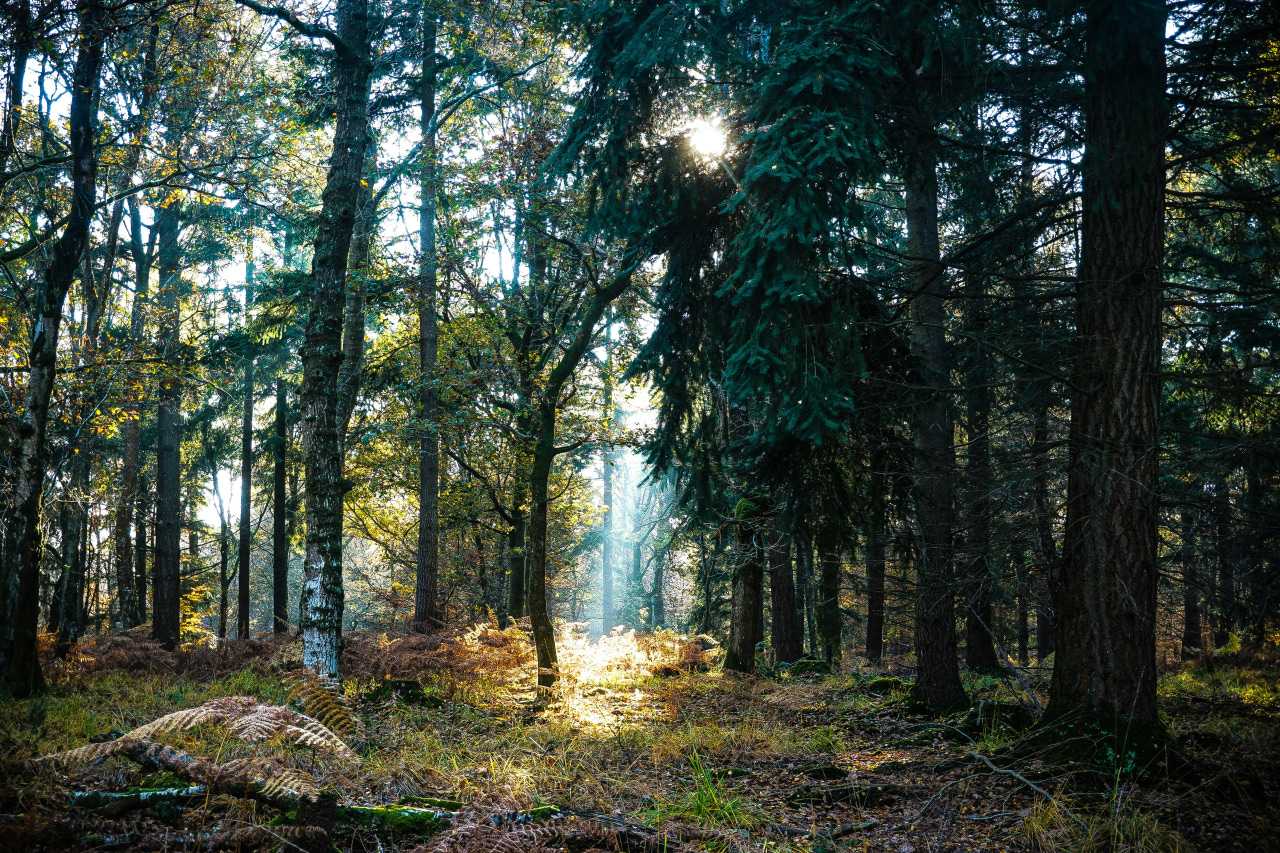
Renowned for its ancient woodlands and heathlands, diverse wildlife and pretty villages, the beautiful New Forest National Park attracts around 15 million day visitors every year, so its appeal is no secret. Not everybody loves a crowd though, and fortunately there are plenty of quieter places where you can relax, experience the tranquil forest atmosphere or explore without too much company. Our guide to the New Forest’s hidden gems takes in lesser known walks, peaceful woodlands, historical sites and local legends, plus some great spots for a picnic.
Lesser-known trails and walks
Denny Wood and Matley Wood
If you’re looking for a quiet place to walk, the lesser-frequented Denny and Matley woods just outside Lyndhurst are a great choice. Both are designated as ancient and ornamental woodlands, and you’ll discover centuries-old beeches and oaks, plus silver birches and sycamores, interspersed with sunny glades and fallen trees where lichens, beetles and fungi flourish. If you’re lucky, you’ll be able to spot roe and fallow deer, New Forest ponies, woodpeckers, tawny owls and butterflies, as well as carpets of bluebells in spring and foxgloves in summer.
The GPS Routes website has a downloadable GPS file of a walk through Matley Wood and Matley Heath, while AllTrails has a good circular route around Denny Wood. With an OS map or a GPS download of the area, it’s easy to combine the two and visit both woodlands on a single loop of around three to five miles.
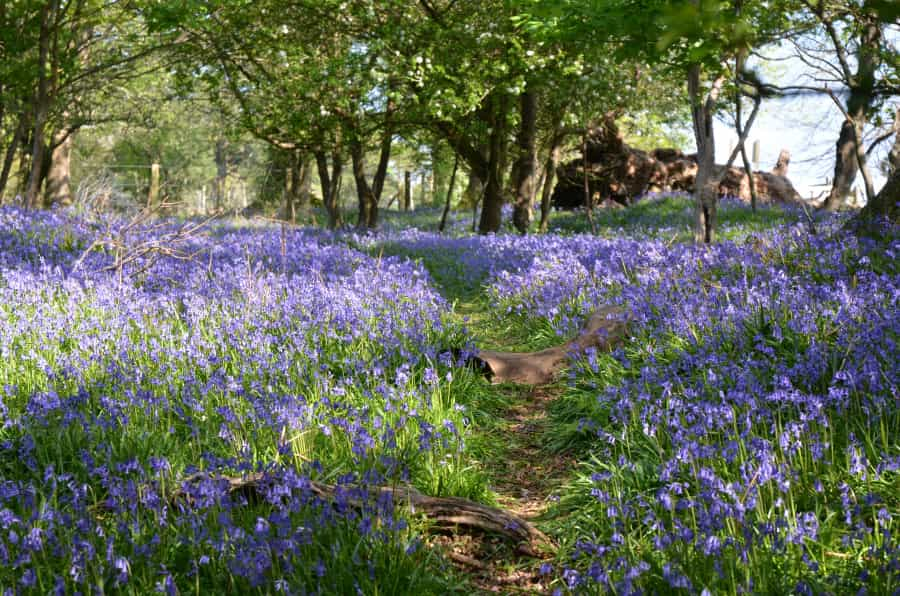
Castle Hill
Rife with folkloric tales of dragons, witches and smugglers, the history of the charming old New Forest village of Burley belies its peaceful appearance today. This easy 4.2-mile loop starts from the bus stop in the centre of the village and sets out past the grassy meadow of Burley Beacon, said to be the home of a dragon that terrorised the forest before being killed by the heroic Sir Maurice Berkeley. The creature’s corpse is now said to sit beneath the popular nearby viewpoint known as Bolton’s Bench.
The trail takes in heathland and woodland on its way along Castle Hill Lane, a gravel road along the top of a ridge where you can explore the rampart and ditch that mark the remains of an Iron Age hill fort. From the top – a great place for a picnic – there are far-reaching views over Cranes Moor and the valley of the River Avon towards the Purbeck Hills. From here, return to the village, where you can browse a number of shops with a witchcraft theme, or visit the 17th-century Queen’s Head pub, a former smugglers’ lair, for a well-deserved pint.
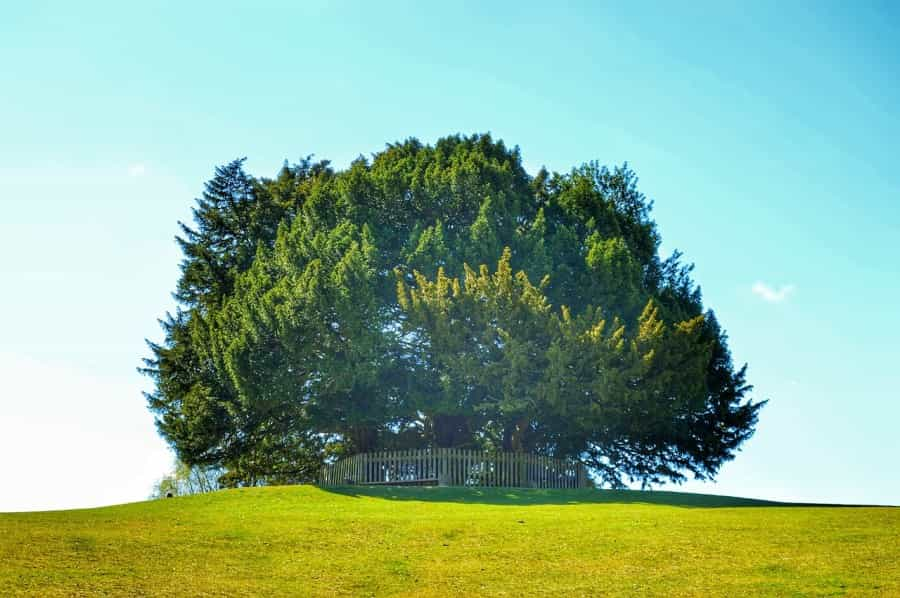
Secluded spots and scenic picnic areas
Rockford Common
If you love birdwatching or are looking for a peaceful picnic spot, make your way to Rockford Common, a pretty 15-acre heathland with views across the park. This Site of Special Scientific Interest is covered with heather, gorse and woodland that's home to ground-nesting birds including nightjars, woodlarks and lapwings, while hen harriers, merlins and peregrine falcons ride the air currents above the plateau.
Look out for the huge sand pit that was once a quarry and a shallow ford for paddling (both great for kids), the ancient Moyles Court Oak tree, a Bronze Age burial mound and the handsome 17th-century Moyles Court manor, now a private school. In late September, hundreds of roaming pigs are released on the common to eat the acorns that might otherwise poison the grazing ponies and cattle.
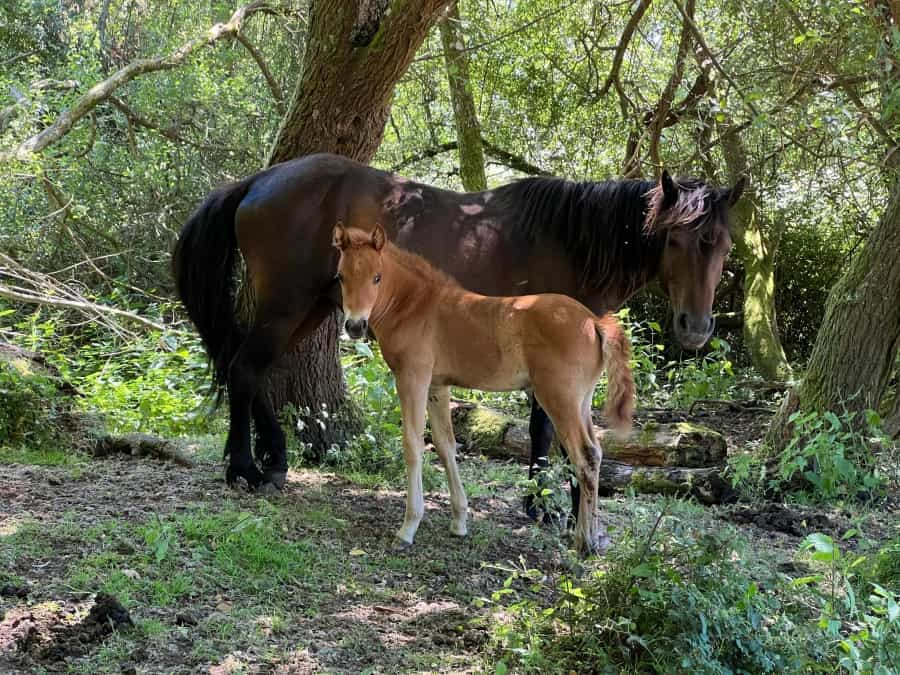
Frogham Hill
A couple of miles outside Fordingbridge, quiet Frogham Hill has superb views over the heathland and grassland of the forest to the Avon valley and is a great place for a picnic or watching the sunset.
If you’re visiting at the end of June, try and catch the Frogham Fair, a long-running traditional event that features classic cars, live music and a legendary wheelbarrow race up the precipitous (25% gradient) Blissford Hill.
Hatchet Pond
The largest body of fresh water in the New Forest, this peaceful pond near Beaulieu is a Site of Special Scientific Interest and a great spot for wildlife watchers. A walk around the water takes about an hour, and on the way, along with an abundance of rare plants, you can look out for dragonflies, newts and bats, swans, herons and egrets. It’s popular with fishermen too, as well as passing ponies and donkeys, and another good spot for a quiet picnic while you sit and enjoy the view.
Unique attractions and hidden historical sites
St. Michael and All Angels Church, Lyndhurst
If you’re a lover of pre-Raphaelite art or high Victorian architecture, this beautiful 19th-century Gothic church on Lyndhurst’s high street is well worth a visit. Designed by architect William White, its beautiful pre-Raphaelite interior features stained glass and artworks by Edward Burne-Jones, William Morris and Dante Gabriel Rossetti, as well as life-sized carved wooden angels in the roof of the nave. Outside, you can admire the striking red-brick clock tower and, in the peaceful churchyard, seek out the grave of Alice Liddle, the inspiration for Lewis Carroll’s Alice’s Adventures in Wonderland, who was a parishioner here for 50 years.
The New Forest Parishes website has a fascinating page on the history of the church that highlights all the features to look out for.
The Rufus Stone
This historical monument near Minstead is said to mark the spot where King William II (known as William Rufus, and the son of William the Conqueror) was killed by a stray arrow while hunting in 1100 AD. Sir Walter Tyrrell, a French nobleman, was the man who fired the arrow, and subsequently fled to Normandy in fear for his life. In fact, William was an unpopular ruler due to his ongoing conflict with the Church, and was buried with little ceremony at Winchester Cathedral. Better safe than sorry, though.
A trip to the stone is liable to be brief, but is a reminder of the earliest origins of the New Forest (William I was the monarch who originally designated the area a royal hunting ground). It’s certainly worth combining a visit to this historic site with a stroll through the beautiful surrounding forest, or to the nearby pub named after Sir Walter, a five-minute walk away.
Hidden gem pubs
There’s surely no better conclusion to a countryside walk than a pint and a meal in a welcoming local pub. Here are some of our favourite hidden pubs in the New Forest:
- The Fleur de Lys in Pilley: dating back to the 11th century, this delightful pub is one of the oldest in the New Forest. With a thatched roof, a cosy interior with an inglenook fireplace, and a leafy garden, it’s a great place to visit throughout the year to sample the imaginative menu (from a former Hampshire Chef of the Year) or a pint of real ale. Dogs are welcome in the garden and the snug.
- The Brew Forest: this petite microbrewery and taproom in Lymington has a rustic wooden interior with a wood burner, is renowned for its friendly service, and is something of a community secret. It’s only open from Thursday to Sunday until 7 or 8pm, so make sure you time your visit carefully. It’s worth it to sample their locally inspired ales, IPAs and stouts, and in summer they occasionally have live music and food trucks outside at weekends. Dogs are welcome, and takeaway cans of beer are available.
- Waterloo Arms: a short walk outside of Lyndhurst, this thatched 17th-century pub is festooned with hanging baskets, with a cosy wood-beamed interior and a large grassy garden. The staff are friendly, there’s a car park on site, and their classic menu features steaks, burgers and traditional comfort food, including delicious Sunday Roasts.
- Royal Oak, Fritham: particularly beloved of walkers and hikers and a great place for a pre- or post-walk pint, this family-friendly spot with a real fire and a large garden offers a menu of homemade food and local produce. Dogs are welcome, and if you can’t bear to leave, they even have two shepherd’s huts available for overnight stays.
Off-the-beaten-path villages
Minstead
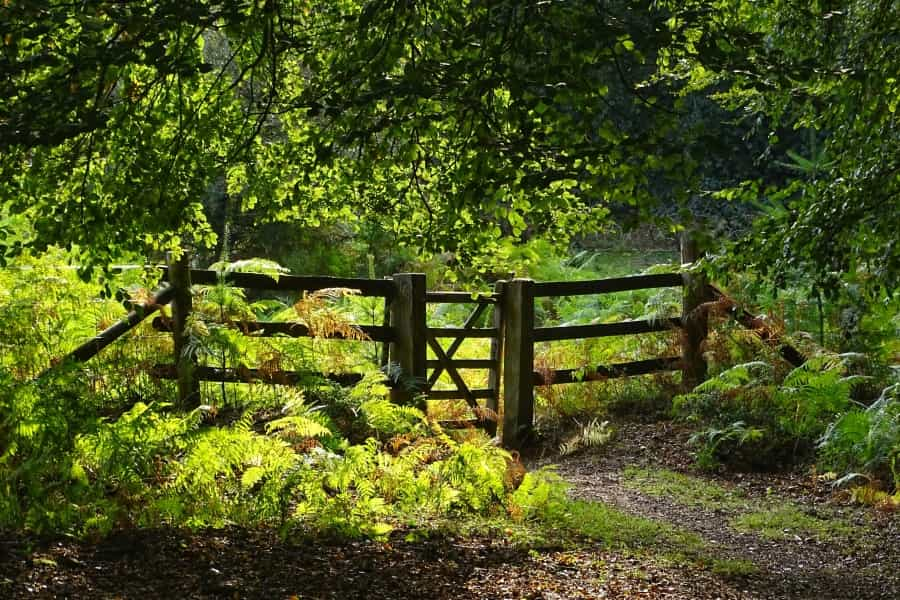
Mentioned in the Domesday Book and set around a quintessential village green that’s often a resting place for grazing ponies, Minstead is a pretty spot right in the heart of the New Forest National Park. If you’re looking for somewhere to while away an afternoon, there’s plenty here that makes it worth a visit.
Furzey Gardens is a beautiful woodland garden that’s filled with seasonal flowers, including crocuses, daffodils and bluebells in spring, and colourful maples in autumn. It has a lake, a thatched tea room and a trail with 40 ‘fairy doors’ for children to discover. There are also tours and guided walks in summer, along with outdoor theatre productions.
In the grounds of the 12th-century All Saints’ Church, you can pay your respects at the grave of Sir Arthur Conan Doyle, the creator of Sherlock Holmes, whose country home was nearby.
Other options include visiting the Acres Down Farm Shop to pick up some local produce, or taking a walk or a cycle ride in the surrounding countryside, with the famous Rufus Stone just a mile away. The New Forest website has a downloadable map detailing a short route that takes in many of the local attractions.
When you’ve finished exploring, drop into The Trusty Servant, which overlooks the village green, for a drink and a meal by the fire or outside in the garden.
Godshill
Surrounded by fields, heathland and woodland, this quiet village epitomises traditional life in the New Forest and is a great base for a walk, with a network of local footpaths, including one that leads to the Iron Age Frankenbury Hill Fort on Castle Hill. You can wander along the bank of the Avon River, go birdwatching in the Pitts Wood Inclosure, meander through the village to admire its 18th- and 19th-century thatched cottages or spread out a picnic and watch a summer match at the village cricket club. The local pub, The Fighting Cocks, serves real ales and has a beer garden with a children’s play area.
There are lots of hidden gems in the New Forest just waiting to be discovered. Whether you’re a wildlife watcher, a historian or just looking for a peaceful woodland walk, there’s a place out there for you. Camping is also a fantastic way to find your own quiet corner among the trees – if that sounds appealing, take a look at Pitchup’s list of campsites in the New Forest.